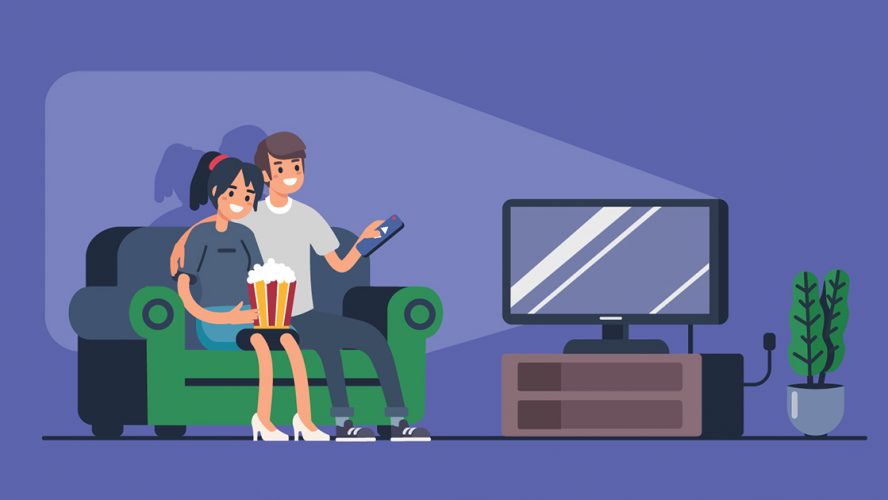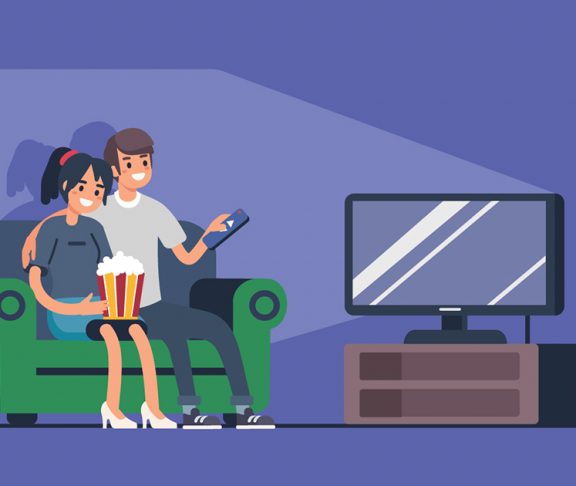
Peter Burke
Vice President of Marketing and Communications at Accessible Media Inc.
Access to media is something many of us take for granted, but for those who are blind or partially-sighted, media accessibility is not always a given. Take for example a typical on-screen television guide. “This is not something that a blind or partially-sighted person can use,” says Peter Burke, Vice President of Marketing and Communications at Accessible Media Inc. (AMI), a not-for-profit media corporation serving blind and partially-sighted Canadians. “As a result, a lot of media technology is inaccessible to those with disabilities,” says Burke.
Supporting and empowering Canadians
AMI strives to entertain, inform, and empower Canadians who are blind or partially-sighted by identifying tools and strategies that promote inclusive media practices. Through three broadcast services (AMI-tv and AMI-audio in English, and AMI-télé in French) as well as two accessible apps, AMI is enhancing content creation and consumption practices for the blind and partially-sighted.
Program content covers a range of topics, such as business and technology, arts and culture, health and lifestyle, and even sports, all featuring positive portrayals of people with visual disabilities. “We’re showing that people with disabilities are capable, active, and engaged citizens,” Burke explains.
“We’re showing that people with disabilities are capable, active, and engaged citizens.”
Many Canadians are already familiar with AMI’s post-production Described Video (DV) television programming, which features a voice description of what’s taking place on screen. “That was our original licence and it’s become part of mainstream and live programming,” notes Burke. Integrated Described Video (IDV) is a recent innovation that incorporates key visual elements incorporated into the pre-production, production, and post-production phases. “This eliminates the need for a third voice and provides a seamless description throughout the program so people of all abilities can enjoy a similar viewing experience,” he explains.
AMI-tv, AMI-audio and AMI-télé are part of the basic digital package from television providers. People can also tune in to AMI-audio via the AMI website or on a mobile device using AMI’s in-browser live audio stream. The company also provides two fully accessible apps for the Apple platform which enable end users to watch original AMI programming on the go (iOS) or at home (tvOS), as well as download their favourite AMI programs offline for later viewing. “These come with extra enhancements like bolded text, high contrast layout, and IDV built into every program,” says Burke.
A vision for the future
To ensure that new media technologies keep pace with the needs of the blind and partially-sighted community, AMI is partnering with groups like the Canadian Council of the Blind (CCB) and the Canadian National Institute for the Blind (CNIB) and engaging directly with the community. AMI’s Research Panel, comprised of Canadians who are blind or partially-sighted, provides an important source of feedback. “We have close to 1,300 Canadians from across the country participating through focus groups, online surveys, and telephone interviews,” says Burke. “Ultimately, we want our audience to help shape the future of accessible media in Canada.”


